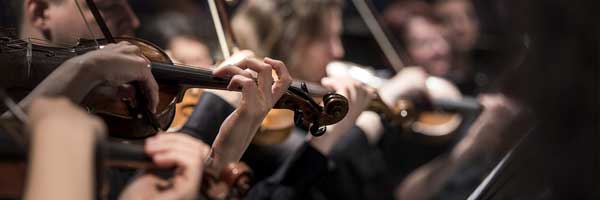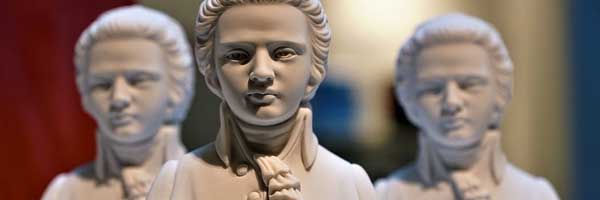If you look back upon the whole history of music, contrary to what many people think, classical music is actually quite a modern genre. The first hymn to be discovered is that of the Hurrian Hymn, and at approximately 3,400 years is the oldest surviving melody that we know of.
Transitioning from Old to New
Classical music wasn’t really invented until the 12th century, during the Medieval period. However, most melodies at the time stemmed from the church, so nearly all have a religious context. But, this was just the beginning. From here, the world of classical music slowly unfolded, as shown here.
Renaissance (1400 – 1600)

The two main types of music to come from this period were the Georgian Chant and Organum. It was also during this period that instruments were used more frequently.
Baroque (1600 – 1750)

It was during the Baroque period when the idea of the modern orchestra was born. Composers such as Bach, Handel, and Vivaldi emerged during this time, laying the foundations for classical music concerts.
Classical (1750 – 1830)

Music composed during this period was generally very orderly and balanced, with the likes of Mozart and Beethoven setting the bar.
Romantic (1830 – 1900)

This period of classical music was developed just after the French Revolution. Themes of the romantic era typically revolved around beauty, love, and nature and saw the rising of pianists like Chopin and Schubert.
Modernism (1900 – Now)
Another big era of change, the modernism period, was about respecting the old and bringing in something new. Some of the greatest composers of this time are Stravinsky, Copland, and Prokofiev.

